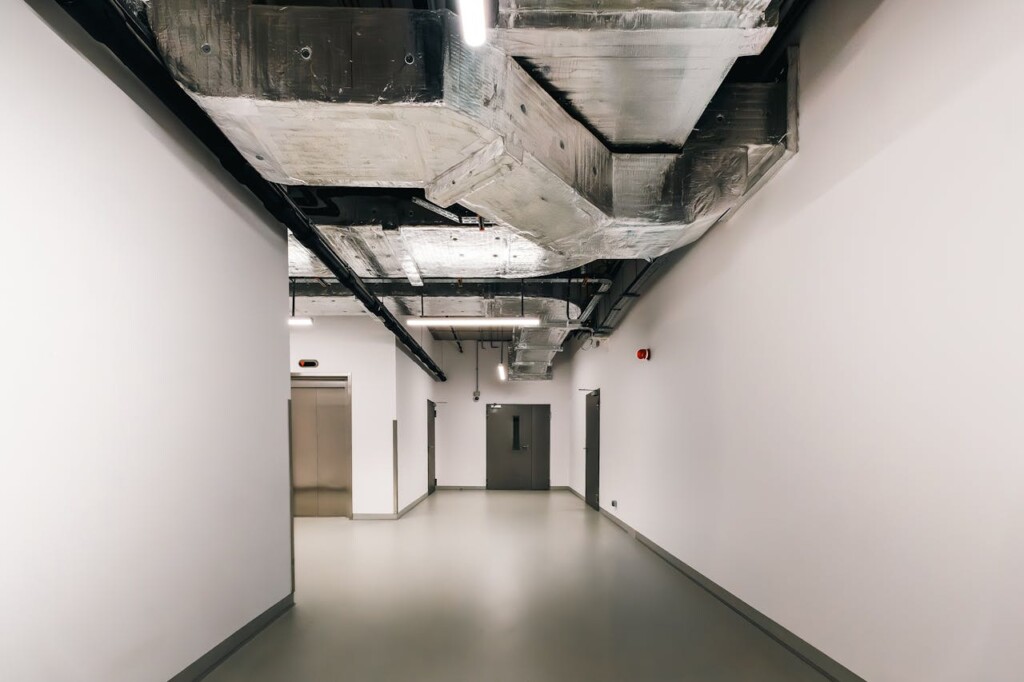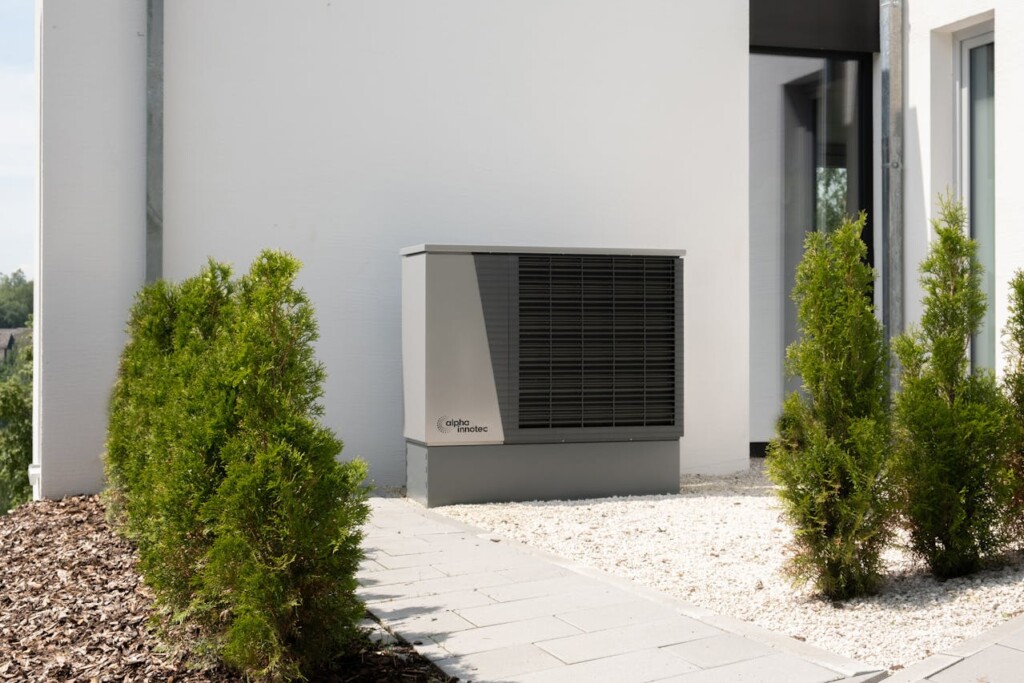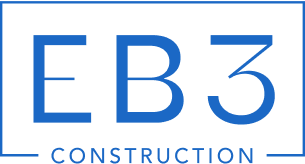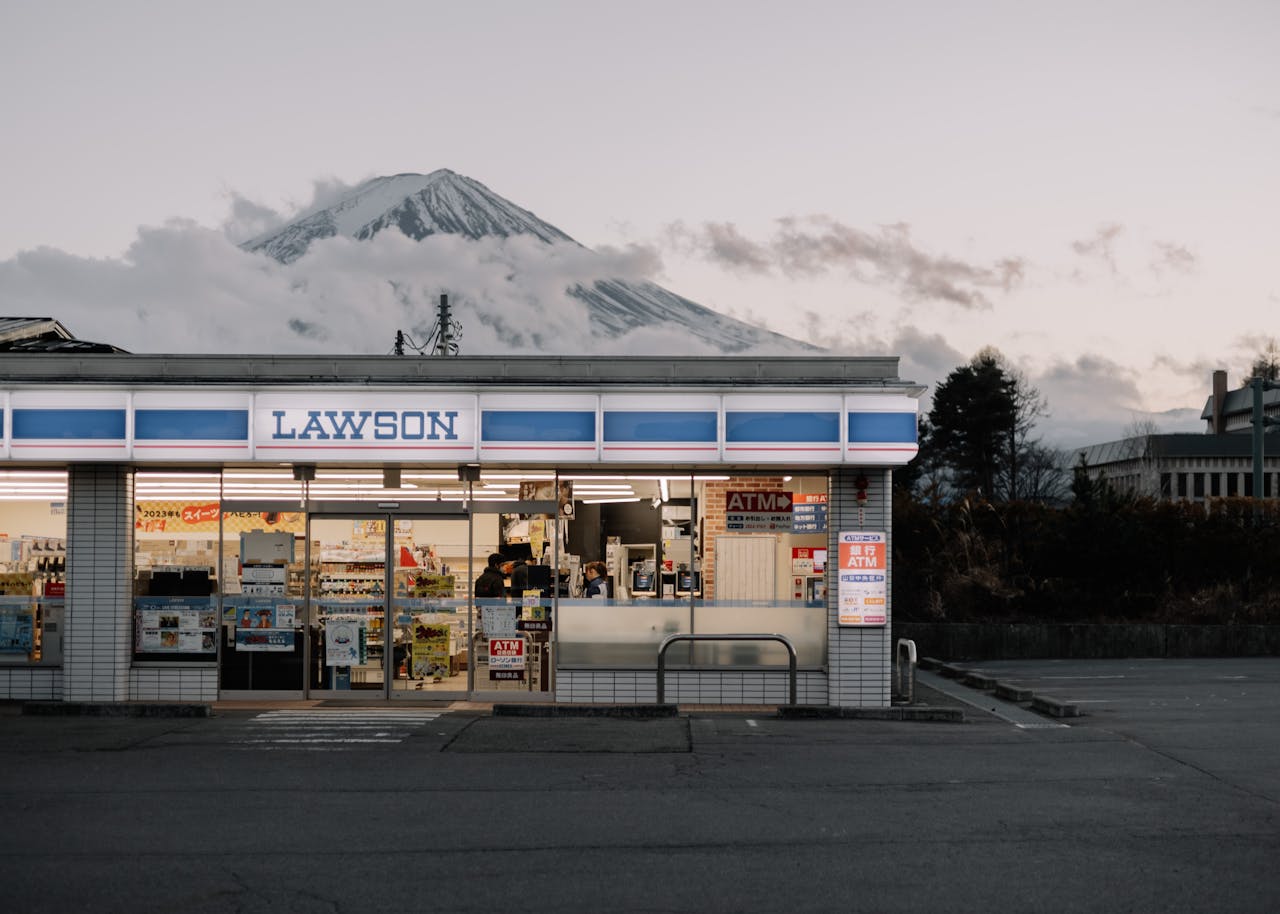HVAC availability separates warm shells from cold shells in commercial real estate. If the heating and cooling systems are connected and operational, you have a warm shell. No HVAC means cold shell.
The terminology varies by market and landlord, so no single standard exists across all regions. Cold shells, sometimes called grey or dark shells, provide minimal finishes with maximum customization potential. Warm shells, also known as white or vanilla shells, include more building systems and finishes for faster occupancy. These classifications apply to office, retail, and industrial spaces and directly impact construction costs, build-out schedules, and tenant flexibility.
What Is A Cold Shell (Grey/Dark) In Practice?

A cold shell space lacks most interior finishes and building systems. You’ll find exposed studs, concrete floors in rough condition, and an open ceiling with visible structural elements. Plumbing, electrical, lighting, drywall, and finished flooring are absent from these largely unfinished spaces.
HVAC systems are either completely missing or present only as base units without ductwork or controls. Instead of functional utilities, cold shell spaces feature capped utility stub-outs where future connections can be made. These stub-outs provide access points for sewer, electrical service, and other essential systems.
We often encounter cold shells in newly constructed buildings where developers have completed only the basic shell and core work. The exterior walls, roof, and windows are in place, but interior improvements await tenant customization. Some landlords may leave portions of the floor unfinished or in dirt condition, particularly when they anticipate tenants will need to install heavy plumbing or specialized equipment.
The tenant build-out process for cold shells requires constructing offices, restrooms, and operational spaces from scratch. This extensive scope means navigating code compliance requirements, securing permits, and coordinating multiple trades. While this creates maximum flexibility for custom layouts and specialized systems, it also extends construction timelines and increases upfront costs significantly compared to more finished spaces.
What Is A Warm Shell (Vanilla/White) And What Does It Include?
HVAC is the key differentiator that defines a warm shell. These spaces have HVAC systems connected and operational, or at minimum, set and ready for hookup to complete the loop. This fundamental infrastructure separates them from their cold shell counterparts.
Warm shells provide a foundation of building systems that brings spaces much closer to occupancy readiness. We see finished drywall throughout the interior, creating clean surfaces ready for paint or other wall treatments. Drop ceilings are typically installed, often with standard grid systems that accommodate lighting fixtures and provide access to mechanical systems above.
Lighting systems come installed as part of the package. Basic commercial-grade fixtures provide adequate illumination for most business operations, though tenants can upgrade or add task-specific lighting as needed. The electrical distribution supports these lighting systems and includes standard outlet placement for general use.
Plumbing distribution runs throughout the space, with water lines and waste connections positioned for typical commercial applications. When the space does not connect to shared common area restrooms, warm shells usually include finished bathrooms complete with fixtures, ADA-compliant accessories, and proper ventilation systems.
Fire sprinkler systems are present when required by code, with heads properly positioned and connected to the building’s main system. Basic flooring may consist of sealed concrete, commercial-grade carpet, or other standard finishes depending on the space type and landlord specifications.
These improvements position warm shells as near move-in ready spaces. Most tenants need only minor modifications like interior partitioning, specialized fixtures, or branding elements before beginning operations. However, the specific scope can vary significantly between properties and markets, making it essential to verify exactly what each landlord includes in their warm shell definition.
How Do Costs, Schedules, And Leases Differ?

The financial and timeline implications between shell types create distinct paths for property development. Cold shells typically command lower base rent per square foot, but tenants shoulder significantly higher upfront improvement costs. Build-out timelines often extend 3-6 months longer compared to warm shells, as every system requires installation from utility stub-outs forward.
We frequently see landlords offset these cold shell burdens through tenant improvement allowances. These TI allowances for cold shells can range from $20-60 per square foot in many markets, compared to $10-25 per square foot for warm shells. The allowances help bridge the gap between lower rent and higher construction costs, though tenants still invest considerable capital beyond what landlords provide.
Warm shells command higher lease rates but deliver faster occupancy speed. Move-in timelines compress to weeks rather than months when basic systems already function. Upfront work focuses on finishes, fixtures, and branding rather than fundamental infrastructure installation.
The customization limits in warm shells create potential waste when existing finishes clash with tenant needs. Removing functioning HVAC distribution, tearing out acceptable flooring, or reconfiguring completed electrical layouts adds unnecessary expense. We evaluate whether existing landlord work aligns with project requirements before committing to warm shell spaces.
Speed to occupancy often drives the decision. Retail tenants facing seasonal opening deadlines typically favor warm shells despite higher rent. Industrial users with specialized equipment needs may accept longer cold shell timelines to avoid costly system modifications later.
Capital planning weighs heavily in shell selection. Cold shells require larger initial investment but potentially lower ongoing occupancy costs. Warm shells spread costs into higher rent payments but reduce construction financing needs and permit complexity.
How Should Construction Teams Choose Between Warm And Cold Shells?
Systems requirements drive our decision-making process when evaluating shell options. We start by mapping out mechanical, plumbing, and electrical needs specific to the intended use. A veterinary clinic needs specialized plumbing and medical gas lines that a standard office tenant would never require.
Cold shells make sense when unique system layouts are essential. We avoid the waste of removing existing HVAC ducting or electrical runs that don’t align with operational needs. Restaurants, fitness centers, and medical practices typically benefit from this approach since their systems are highly specialized.
Warm shells work well for standard office and retail applications where existing systems align with requirements. We evaluate whether current HVAC capacity and electrical distribution can handle the intended load. Most retail operations can work within established frameworks without major modifications.
Balancing Construction Feasibility And Financial Returns
We weigh upfront capital against long-term returns when selecting shell conditions. Cold shells require higher initial investment but offer complete customization control. This approach works when specialized equipment placement or unique workflow patterns justify the added expense.
Schedule risk plays a major role in our recommendations. Cold shell build-outs typically add 6-12 weeks to project timelines due to permitting, system installation, and code compliance requirements. Warm shells can often achieve occupancy within 4-6 weeks of lease execution.
Shell & core completion status affects our timeline projections. We coordinate closely with base building contractors to ensure mechanical rough-ins and electrical feeders align with tenant improvement schedules. Poor coordination between these phases can extend cold shell projects significantly.
Code Compliance And Adaptive Reuse Considerations
Building code requirements vary significantly between shell types and intended uses. We evaluate whether existing systems in warm shells meet current codes for the planned occupancy. Older buildings may require substantial upgrades regardless of shell condition.
Fire protection systems present particular challenges in shell selection. Existing sprinkler layouts in warm shells may not provide adequate coverage for new space configurations. Cold shells allow us to design fire protection systems that integrate seamlessly with architectural layouts.
Return on investment calculations factor in both initial construction costs and operational efficiency over time. We model energy costs, maintenance requirements, and potential future modification needs. Cold shells often provide better long-term value when operational requirements are well-defined from the start.
Conclusion And Next Steps

Your shell condition choice ultimately hinges on HVAC readiness and the balance between customization needs and project timeline. Cold shells deliver maximum flexibility for unique mechanical and electrical layouts, but require substantial capital investment and extended build-out schedules. Warm shells accelerate occupancy with established systems and basic finishes, though they constrain design modifications and may force removal of existing elements that don’t align with your operational requirements.
We approach each project by first confirming the exact shell condition outlined in your lease work letter, ensuring no surprises during construction. Map your mechanical, electrical, and plumbing requirements early in the process to determine whether existing systems align with your operational needs or if custom installations justify the additional timeline. Establish your tenant improvement budget with realistic cost projections for both scenarios, factoring in potential demolition costs for warm shell modifications. Finally, align your build-out planning with occupancy goals, considering permit timelines, construction phases, and any seasonal business requirements that might impact your opening schedule.
Contact EB3 Construction to discuss your commercial shell space project and construction timeline.




